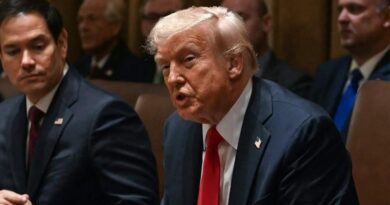Saudi-Pakistan Defence Pact: A Strategic Shift with Implications for India
A new defense agreement between Saudi Arabia and Pakistan strengthens their alliance, posing challenges for India’s regional influence.
On September 17, 2025, Saudi Arabia and Pakistan signed a Strategic Mutual Defence Agreement in Riyadh, cementing their long-standing security partnership. This pact commits both nations to treat an attack on one as an attack on both, marking a significant step toward collective defence. It also includes plans for joint military exercises, defence technology sharing, and co-production of weapons systems. Announced by Pakistani Prime Minister Shehbaz Sharif and Saudi Crown Prince Mohammed bin Salman, the agreement aims to bolster their mutual defence capabilities amid growing regional instability.
The roots of this alliance trace back to the 1970s, when Pakistan began providing military training and advisory support to Saudi forces. Formalized in 1982 through a security cooperation agreement, their partnership has grown through Saudi financial aid and Pakistan’s military expertise. The new pact responds to current geopolitical shifts, with Saudi Arabia seeking alternatives to U.S. security guarantees amid tensions with Iran and other regional actors. For Pakistan, facing economic challenges and border disputes, the agreement secures a powerful Gulf ally and potential funding for its defence sector.
For India, this development raises strategic concerns. New Delhi has cultivated strong ties with Saudi Arabia, with trade surpassing $50 billion annually and close diplomatic relations between Prime Minister Narendra Modi and the Saudi Crown Prince. However, the pact empowers Pakistan, India’s rival, by providing it with a strong regional backer. The mutual defence clause could embolden Pakistan in future conflicts, potentially deterring Indian military actions or complicating disputes, such as the May 2025 border clash. Saudi support could also sustain Pakistan’s activities in contested areas like Kashmir.
Diplomatically, the agreement may shift dynamics in forums like the Organisation of Islamic Cooperation, where India has sought to maintain influence. While Pakistan’s nuclear arsenal remains under its control, the pact indirectly strengthens its deterrence, prompting India to reassess its strategic posture. Economically, Saudi investments in Pakistan’s defence sector could indirectly challenge India’s interests, while straining New Delhi’s energy ties with the Gulf.
India is likely to respond by deepening alliances with the United States, Israel, and other Gulf nations like the UAE. While the pact does not immediately escalate tensions, it formalizes a robust Saudi-Pakistan axis that complicates India’s regional strategy. As joint exercises and technology transfers progress, this agreement could reshape power dynamics across South Asia and the Middle East, requiring India to navigate a more intricate geopolitical landscape.




